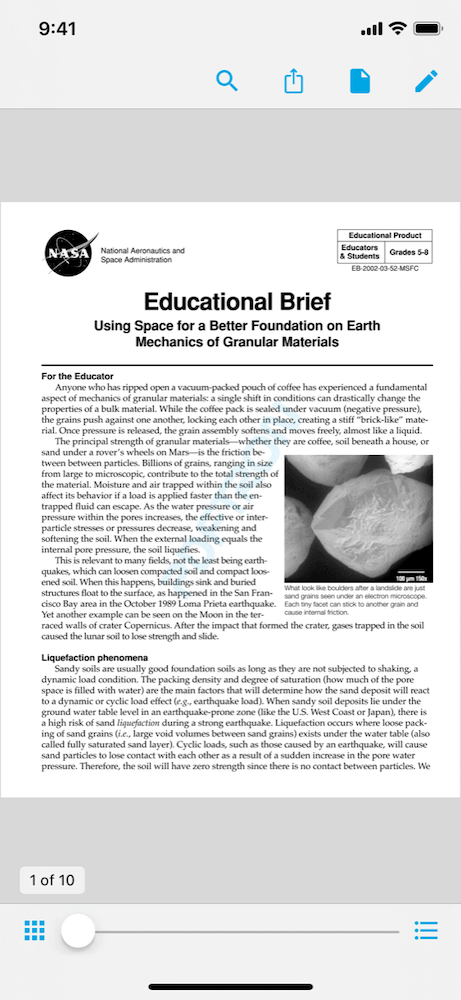

- PDFKIT DOC.OUTPUT PDF
- PDFKIT DOC.OUTPUT INSTALL
- PDFKIT DOC.OUTPUT PASSWORD
- PDFKIT DOC.OUTPUT DOWNLOAD
Specify "lowResolution" to allow degraded printing, or "highResolution" to allow printing with high resolution printing - whether printing is allowed.
PDFKIT DOC.OUTPUT PDF
PDFKIT DOC.OUTPUT PASSWORD
ownerPassword - the owner password (string value).You need to explicitly allow certain operations. By default, all operations are disallowed. Settings in the option object when creating PDFDocument. To set access privileges for the PDF file, you need to provide an owner password and permission userPassword - the user password (string value).The password to decrypt the file when opening it. The PDF file will be encrypted when a user password is provided, and users will be prompted to enter To enable encryption, provide a user password when creating the PDFDocument in options object. Handler in PDF version 1.3 (40-bit RC4), version 1.4 (128-bit RC4), PDF version 1.7 (128-bit AES),Īnd PDF version 1.7 ExtensionLevel 3 (256-bit AES). PDF specification allow you to encrypt the PDF file and require a password when opening the file,Īnd/or set permissions of what users can do with the PDF file. ModDate - the date the document was last modified.CreationDate - the date the document was created (added automatically by PDFKit).Keywords - keywords associated with the document.Here is a list of all of the properties you can add to the document metadata.Īccording to the PDF spec, each property must have its first letter The doc.info object, or by passing an info object into the document at You can add that information by adding it to PDF documents can have various metadata associated with them, such as the Here is a small example that shows how you might add pageĬonst doc = new PDFDocument() Finally, there is a bufferedPageRange method, which returns the range This method is automatically called by doc.end(), so if you just want to buffer all pages in the document, you When you're ready to flush the buffered pages to the output file, call flushPages. Then, you can callĭoc.switchToPage(pageNumber) to switch to a previous page (page numbers start at 0). It, just pass bufferPages: true as an option to the PDFDocument constructor. Pages are flushed to the output file yourself rather than letting PDFKit handle that for you. PDFKit has a bufferPages option in versions v0.7.0 and later that allows you to control when Parts of information you don't have until the rest of the document has been created. Examples include adding page numbers, or filling in other Of the document, has been created already. In some circumstances it can be useful to add content to pages after the whole document, or a part It impossible to jump back and add content to previous pages. PDFKit normally flushes pages to the output file immediately when a new page is created, making The first page of a PDFKit document is added for you automatically when youĬreate the document unless you provide autoFirstPage: false.
PDFKIT DOC.OUTPUT INSTALL
If you forget to install it, Browserify will print an error message. PDFKit's package.json, so it isn't installed by default for Node users. Which is used to load built-in font data into the package. Note that in order to Browserify a project using PDFKit, you need to install the brfs module with npm, You can see an interactive in-browser demo of PDFKit here. or get a blob URL for display in the browserĬonst url = stream.toBlobURL('application/pdf') get a blob you can do whatever you like withĬonst blob = stream.toBlob('application/pdf') add your content to the document here, as usual create a document the same way as above script tags).Ĭonst blobStream = require('blob-stream') PDFKit and blob-stream, but if you're not using Browserify, you can load them in whatever way you'd like (e.g. The following example uses Browserify to load Which is a module that generates a Blob from any Node-style stream. To get a Blob from a PDFDocument, you should pipe it to a blob-stream,
PDFKIT DOC.OUTPUT DOWNLOAD
To generate a URL to allow display of generated PDFs directly in the browser via an iframe, or they canīe used to upload the PDF to a server, or trigger a download in the user's browser. Output to a destination supported in the browser, such as a Using PDFKit in the browser is exactly the same as using it in Node, except you'll want to pipe the The second is to create a standalone pdfkit script as explained here. The first is to create an app using an module bundler like Browserify or Webpack.

PDFKit can be used in the browser as well as in Node! There are two ways to use PDFKit in the browser. The write and output methods found in PDFKit before version 0.5 are now deprecated. add stuff to PDF here using methods described below. Doc.pipe(fs.createWriteStream('/path/to/file.pdf')) // write to PDF


 0 kommentar(er)
0 kommentar(er)
